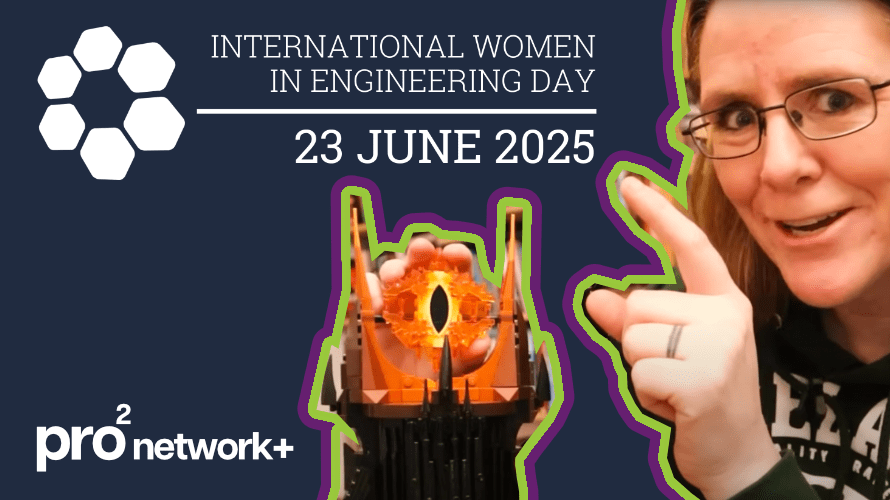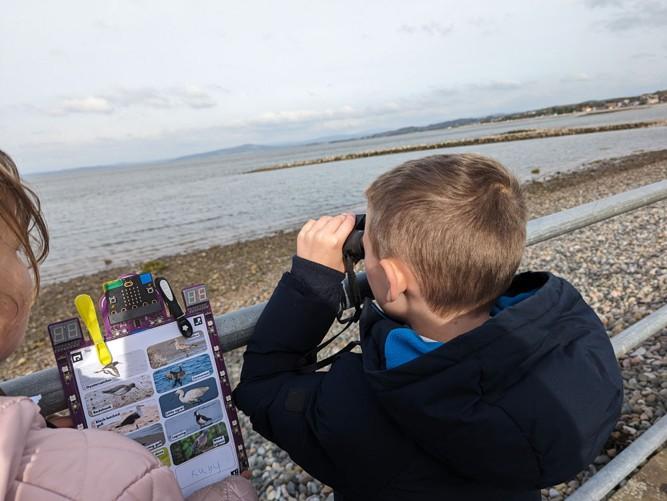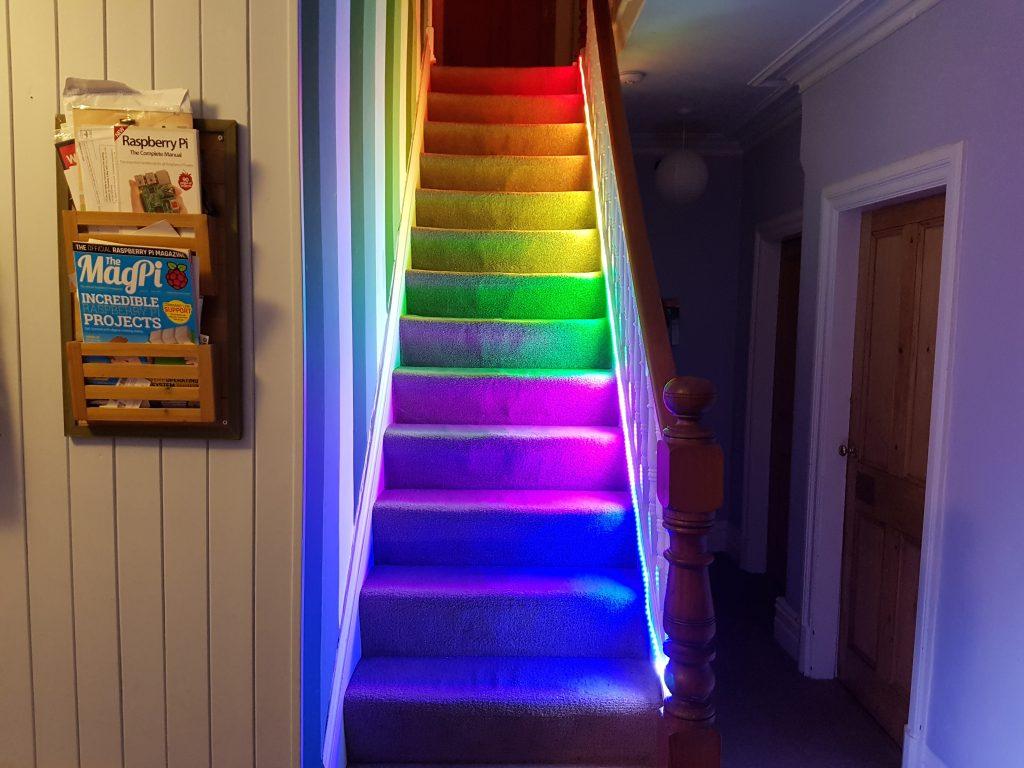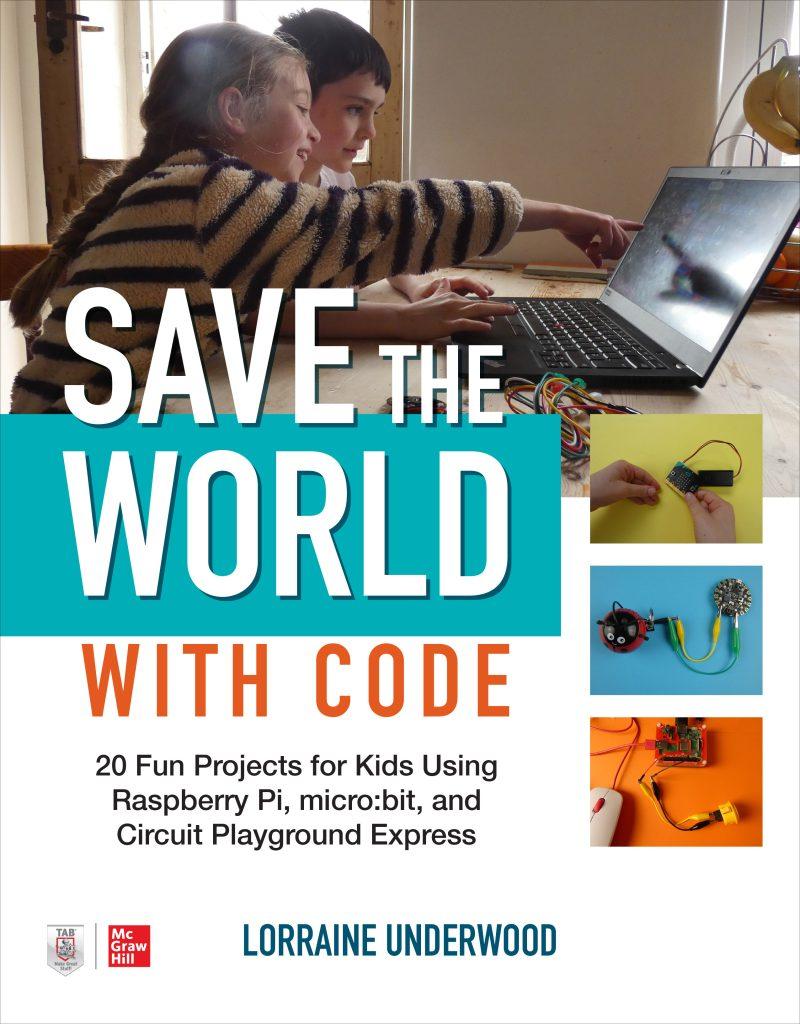
International Women in Engineering Day, organised by the Women’s Engineering Society, is celebrating its 12th year in 2025. It’s a great opportunity to showcase the significant achievements of female engineers whilst also recognising the gender equality challenges that remain to be overcome in the field.
Our interview this year was with pro2 network+ Steering Group member, Dr Lorraine Underwood of Lancaster University. Lorraine is an internationally published researcher in computer science education, with a particular focus on physical computing. She has built and developed prototypes for teachers and students to use in classrooms around the UK. Lorraine also creates and films personal electronics projects for element14, which is part of Farnell and Avnet, the world’s 2nd largest electronics distributor.
You’ve had a really varied career – you’ve been a teacher, a content creator, an author, and most recently an academic – but throughout it all there’s a common thread of computer science combined with a creative element that might be described as ‘tinkering’ or ‘making’. How did you first get interested in these areas?
When I was in high school, Ireland was experiencing this big technological boom. American companies like Facebook and Google were setting up headquarters in Ireland at the time. So computing seemed like a really lucrative career, and that’s why I chose it – I wanted a good, solid job, especially since I lived in Dublin which is an expensive city. And I really enjoyed it, which was lucky, because it was a silly reason to pick a career, but I really enjoyed the programming side of things. I loved solving puzzles.
I didn’t really get into making or the creative side of things back then, because my degree wasn’t like that. It was only focussed on programming. It was about 90% men as well, I was one of only ten women in a course of a hundred. Between my third and fourth years I worked as an intern for Microsoft and it was the most boring job in the world. They were a lovely company to work for, but it was just spotting bugs. I wasn’t solving problems, and it was so boring even though I was brilliant at it. I thought, ‘Oh my god, I don’t want to do this for the rest of my life.’
I was also a Scout leader, and I realised I loved interacting with children. So I decided to become a teacher. I really enjoyed it. I loved how every lesson would be different and how you’re always thinking quickly. That was what I wanted a career to be like.
So where did the creative element come in then for you?
I left work for a while after getting pregnant, and then returned to work with a job at Lancaster University, who are the biggest employer in the area. I was just doing website development at first. Then I heard they were setting up a Computing At School regional centre, which was training teachers how to teach computing. I got a job there as a coordinator for the centre. During that role, I attended a Raspberry Pi training course and that was it. That’s what broke my creative brain – well, or created it, which is very weird.
So I went to the course, which was two days long in Manchester and paid for by the university. On the second day they showed us how to program multi-coloured LEDs and it blew my mind. I never thought you could be creative with computing.
From there I found my little community on Twitter of makers and people doing stuff with Raspberry Pi. Also, at work we were developing things with the micro:bit, which had just been released into schools. We were showing teachers what they could do with it.

I just started building things and documenting them on Twitter, and I found a really nice community of people who were encouraging me, saying ‘That’s awesome, how did you do that?’ It led me to set up my own blog. Over time, I made so many amazing friends online who are also makers.
You’ve created a lot of educational content about electronics, from the videos you’ve produced for element14 to a book on coding projects using Raspberry Pi, micro:bit, and Circuit Playground Express. What do you feel has been the impact of this content? And do you have a favourite project you’d like to highlight?
Through Twitter, a lot of people have talked to me about what I’ve made, saying, ‘Oh this is cool, I tried making it, too, and did it this way.’ They would put their own spin on it. I got a lot of feedback that way, and I’ve had some amazing comments on my videos on element14.
I was at the Hackaday conference one time, and again there were only about ten women in the room. I was talking with them and they said there was a guy who was looking for me. Apparently this man was going around speaking to all the women there asking if they were Lorraine, as he only knew me through Twitter and didn’t know what I looked like. We found each other and he said, ‘I need to show you this thing I made that you made, but I made a different version of it.’ And it was lovely, he was making such an effort to find me just to show me this thing.
My favourite project, and the one everyone mentions to me, is the ‘stair lights’. It’s so funny because it’s actually the first project that I made after I came home from the Raspberry Pi event. I remember saying to my husband, ‘We need to buy a strip of these lights that I can put on the stairs and program to go rainbow, and I think I can get them to show the temperature, too.’ So basically every five degrees is a colour, and it ended put getting featured in the Raspberry Pi magazine. I’ve even met people who say, ‘We made this in our school’ or ask ‘have you still got the stair lights?’

Statistics show that computer science and engineering remain two of the worst performing STEM subjects in terms of gender disparity in education. While the gender disparity is decreasing year by year, the rate of change is quite slow. As someone with a lot of experience teaching computer science to girls, why do you think girls remain less likely than boys to enrol in this subject at higher levels of education? What more could be done to increase the rate of change, for example by educators or the government?
It’s a very difficult situation because these fields are dominated by boys and men, and it takes a very brave woman to walk into that area. You can tell girls, ‘You’ll be fine’ but you can’t give them any guarantees. That’s why it’s so slow, because you can’t just get fifty women to walk in. It’s just that one brave woman. And the next year, maybe two brave women.
I also think the curriculum isn’t very inspiring. I studied Computer Science because I enjoy problem solving and I was able to see beyond the code to its purpose. And research has shown that girls are much more purpose-led when they think of their careers. Girls want careers that mean something – they want to be doctors, or they’re very concerned about the environment – and they don’t see Computer Science as their way to solving problems. It doesn’t help that the GCSE curriculum isn’t very good. Computer Science is a fast moving subject and education is very slow to change, you have to retrain teachers to teach new topics.
What has been your experience as a women in computer science and engineering? Have you felt that engineering-oriented spaces like your PhD programme or the maker communities you are part of have been welcoming of you? How has being a mother impacted on your sense of inclusion, if at all?
Because of Twitter, I had this fan base. It was this group of mostly men who were like, ‘Wow, go Lorraine!’ And when I’d meet them in person, there was a sense of validation that I belonged, because they knew me and my body of work. They knew about my book and the videos I’d produced.
But when you look at the crowd, you don’t see any women. No one’s ever told me I don’t belong here, but at work I’m the only woman in our research group, the Devices Lab. And when we’re looking for new PhD students, they’re all men. I keep joking that in our lab it’s Lorraine and the seven dwarves, and next year, it might even be the nine dwarves. It’s difficult to recruit and keep women when there are so few in the recruitment pools.
Despite that, sometimes I feel like it’s not really my problem to fight. We can’t just leave it up to women to fight for equality. It does get a bit exhausting when people ask why there aren’t more women in computing, and I’m like, ‘Well, I’m here!’
This year’s theme for International Women in Engineering Day is #TogetherWeEngineer, suggesting a focus on solidarity and community. What would you like to see men do to support the careers of women and non-binary people in engineering?
They should look around the room, and if everyone looks like them, then change the room. You need to invite people who are different or support people who are there on their own. And just try to be an ally.
I think a lot of people are like me, they say ‘This isn’t my problem.’ But really it’s all of our problem. We should be fighting for equality in everything we do.
Discover more of Lorraine’s work on the element14 website or their YouTube channel, where she has produced a number of video tutorials showcasing all kinds of personal projects, from a Raspberry Pi AI Tracking Eye of Sauron to an Air Hockey Table with Arduino Scoring. Lorraine is also the author of the book Save the World with Code: 20 Fun Projects for All Ages Using Raspberry Pi, micro:bit, and Circuit Playground Express. Her book is available for purchase at many retailers including Waterstones and Amazon.

You can also connect with Lorraine on Bluesky (@lmcunderwood.bsky.social) and via her blog.
Building a diverse network is important to us. Check out our Equity, Diversity and Inclusion Framework to learn more and sign up for free as a pro² member today. Make your voice heard in the effort to democratise digital device production.
If you missed our previous International Women in Engineering Day interviews, give them a read:
- Professor Anne Roudaut of the University of Bristol on unconventional devices and Human Computer Interaction.
- Professor Boriana Koleva of the University of Nottingham on working with Mixed Reality and the arts.
What do you think should be done to encourage more young women to pursue a career in engineering? Leave a comment below to let us know your thoughts.
